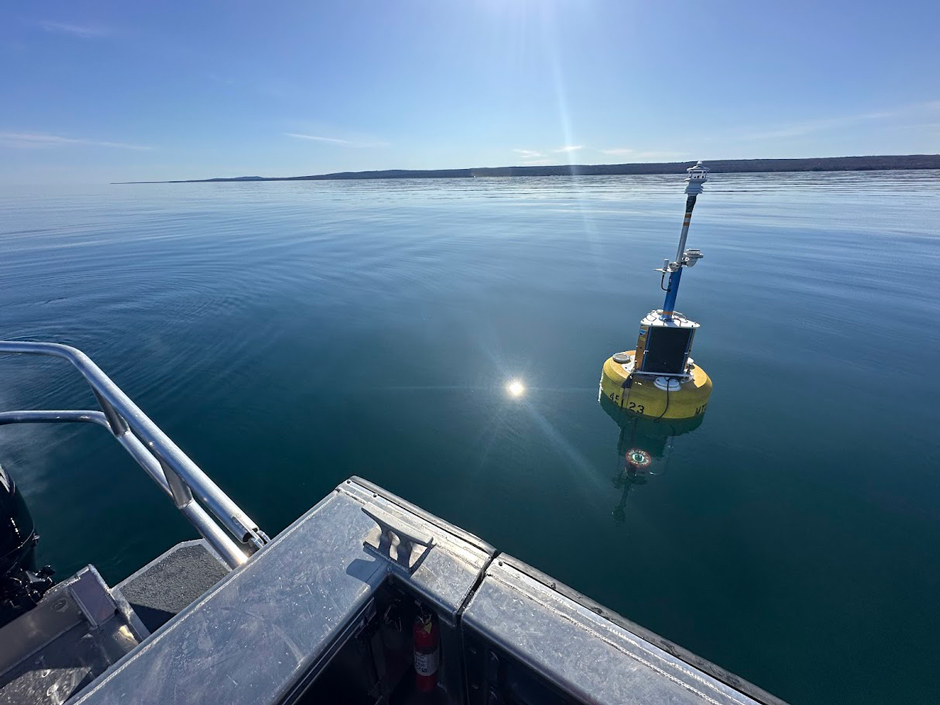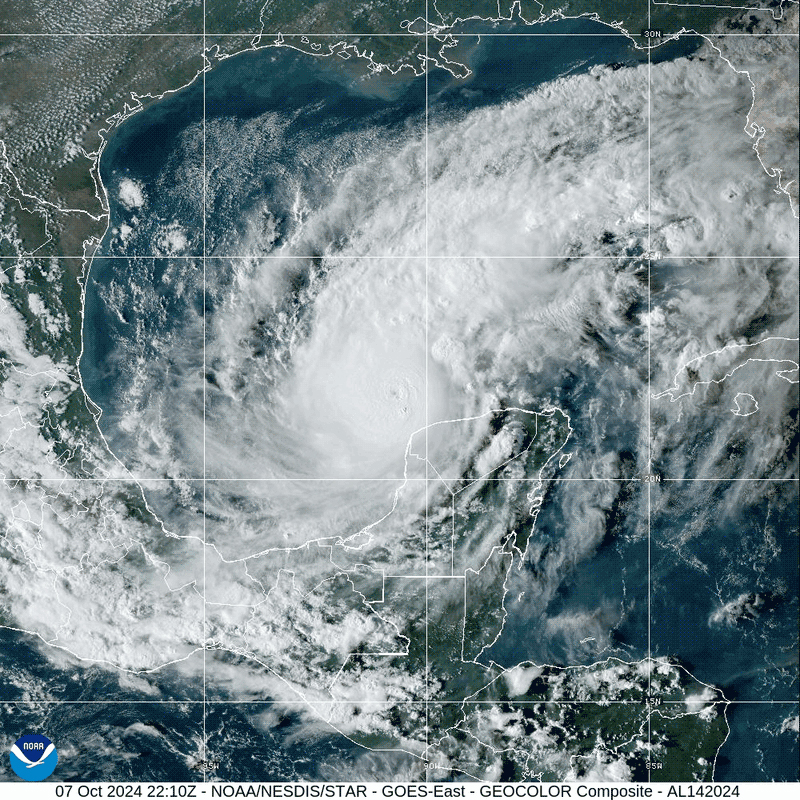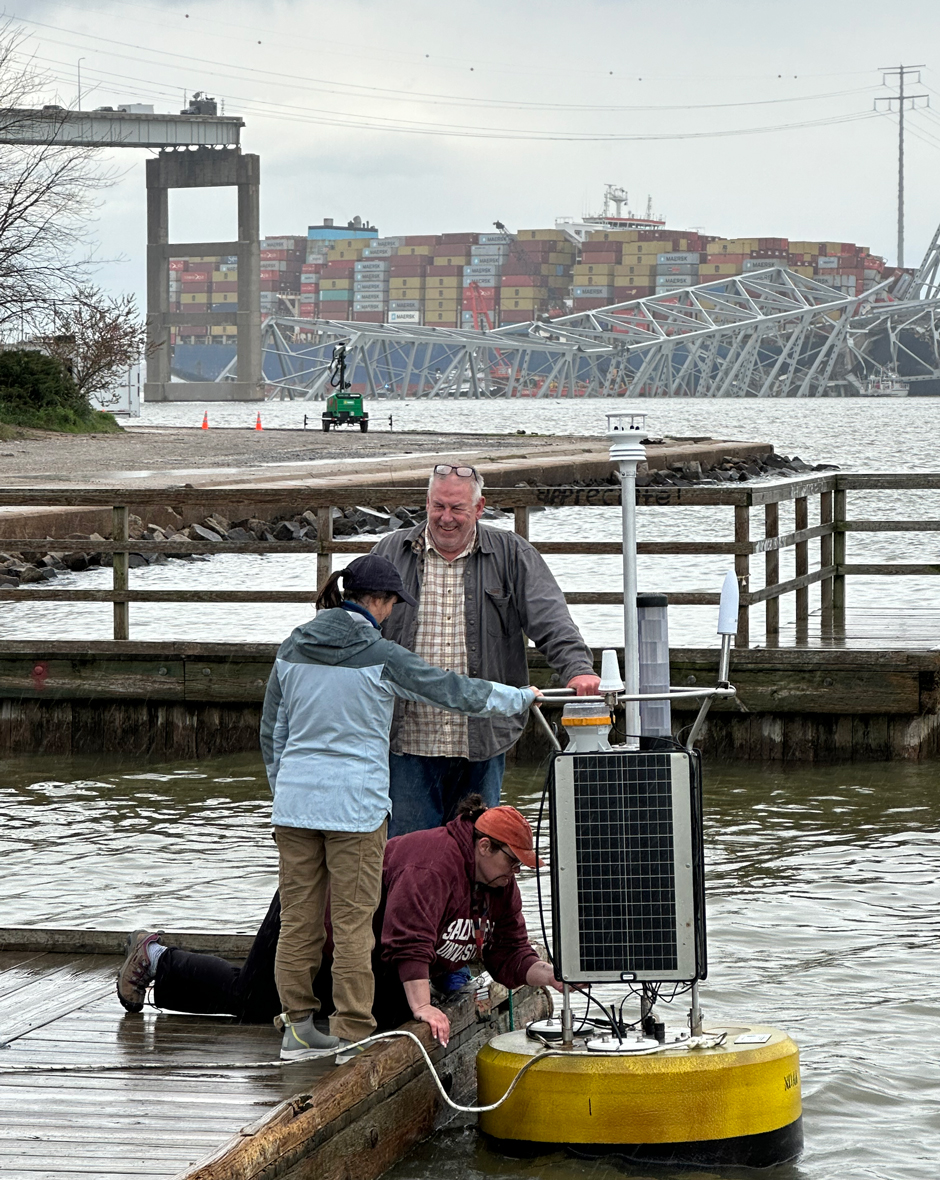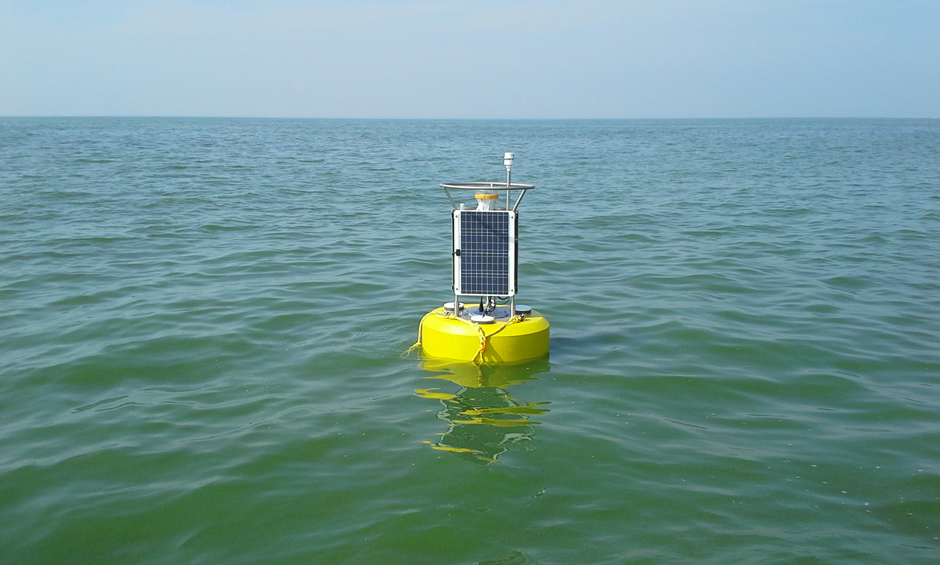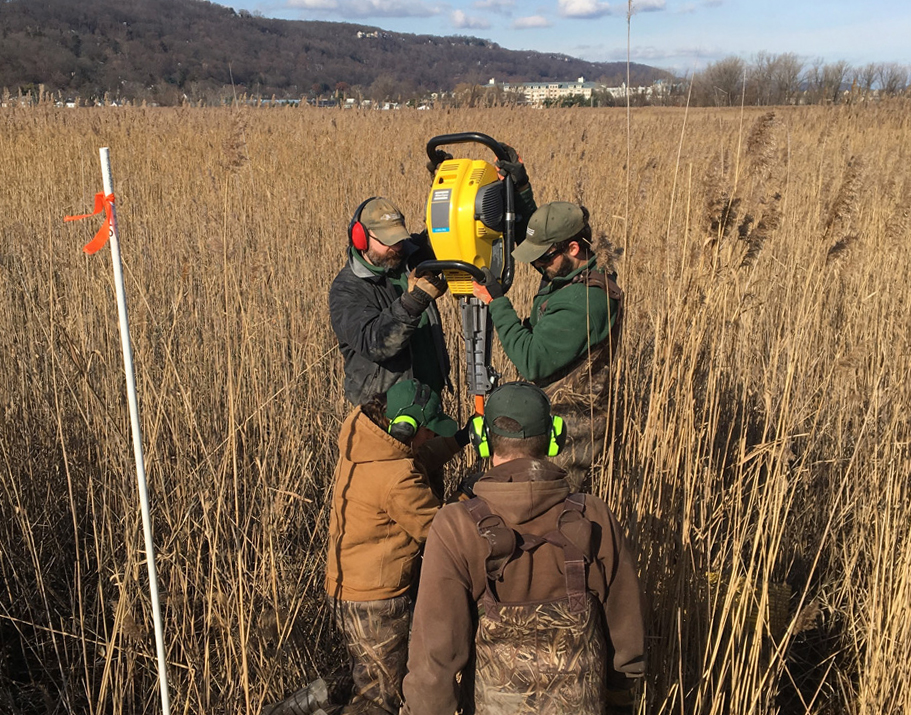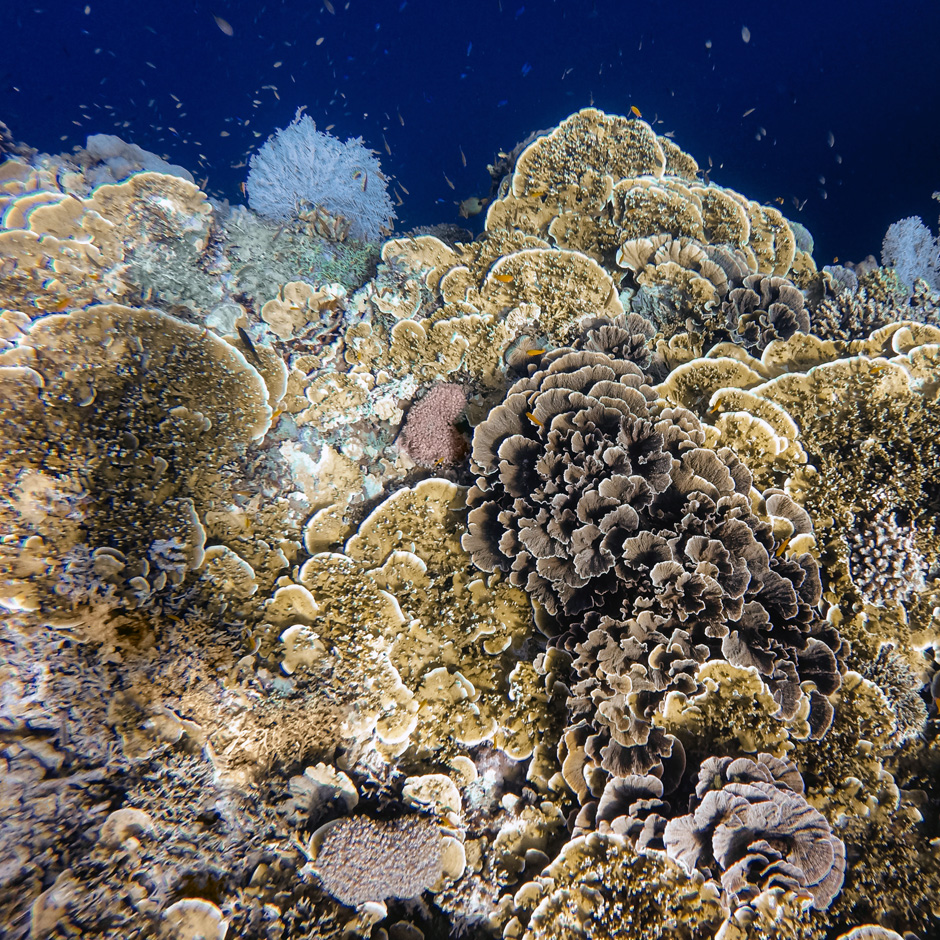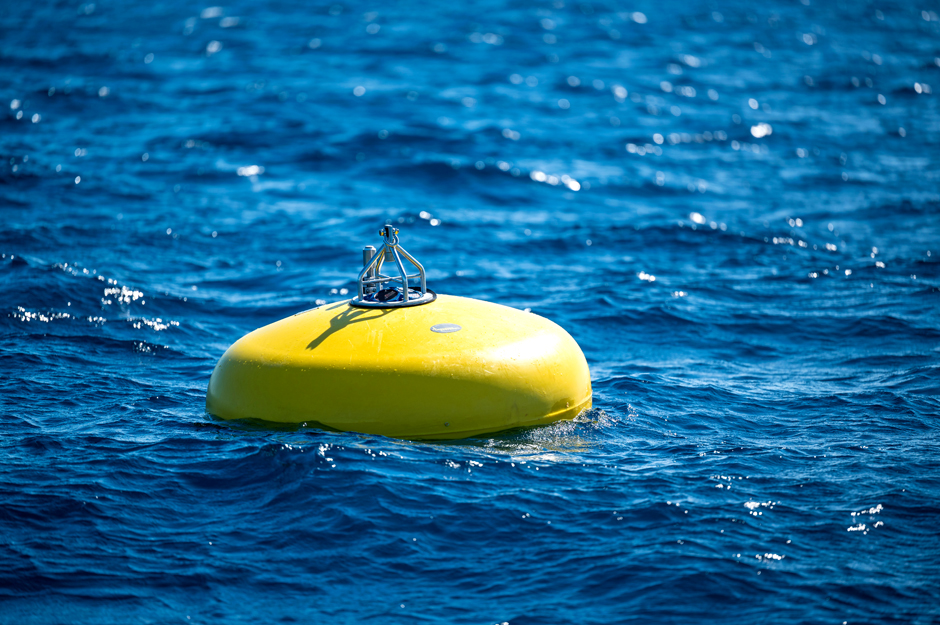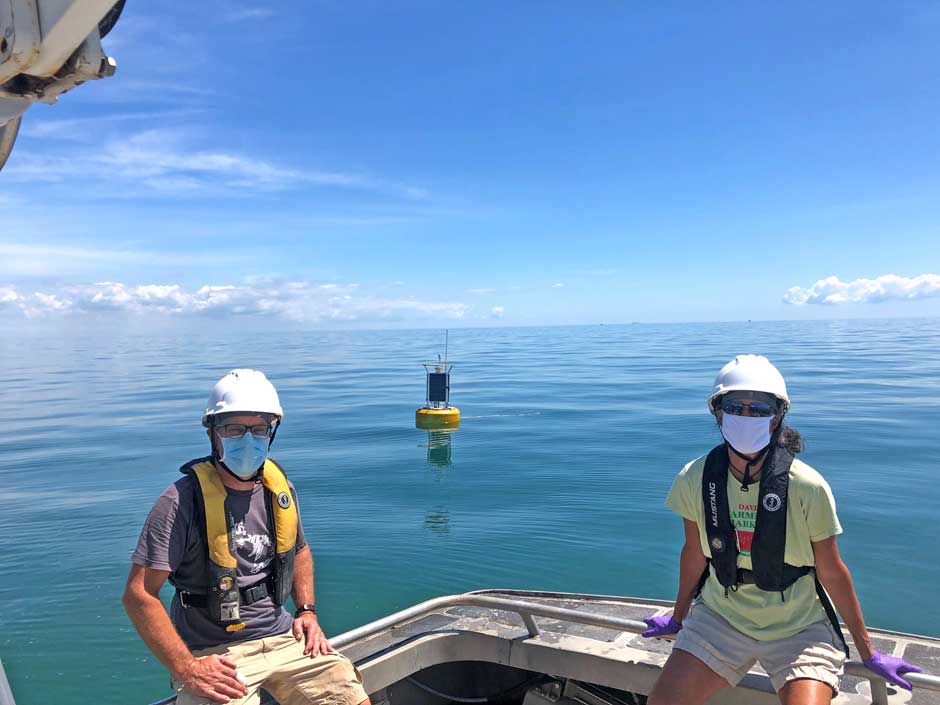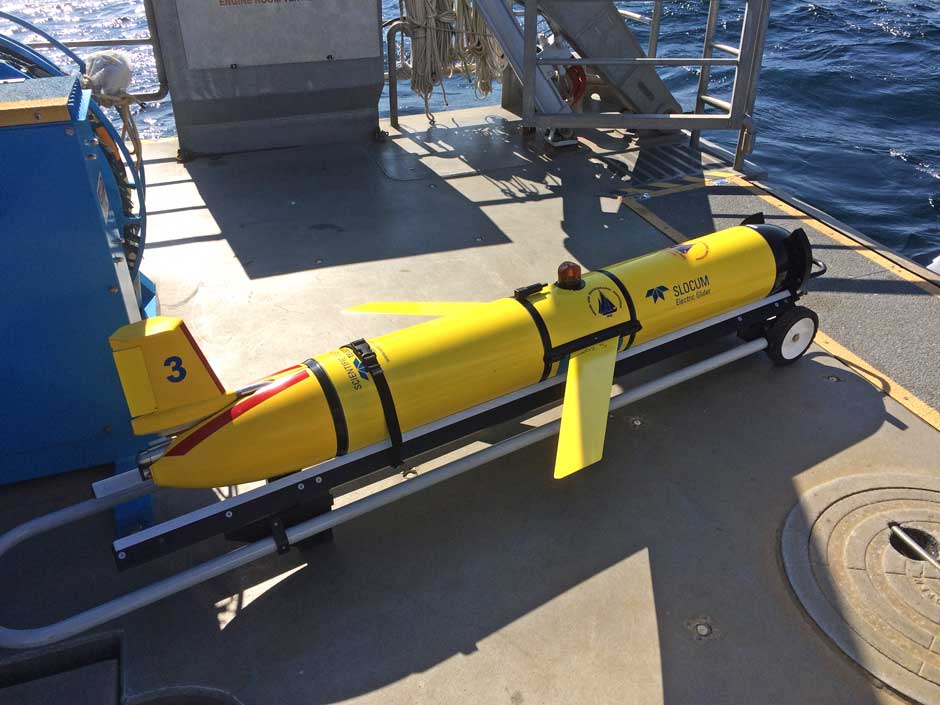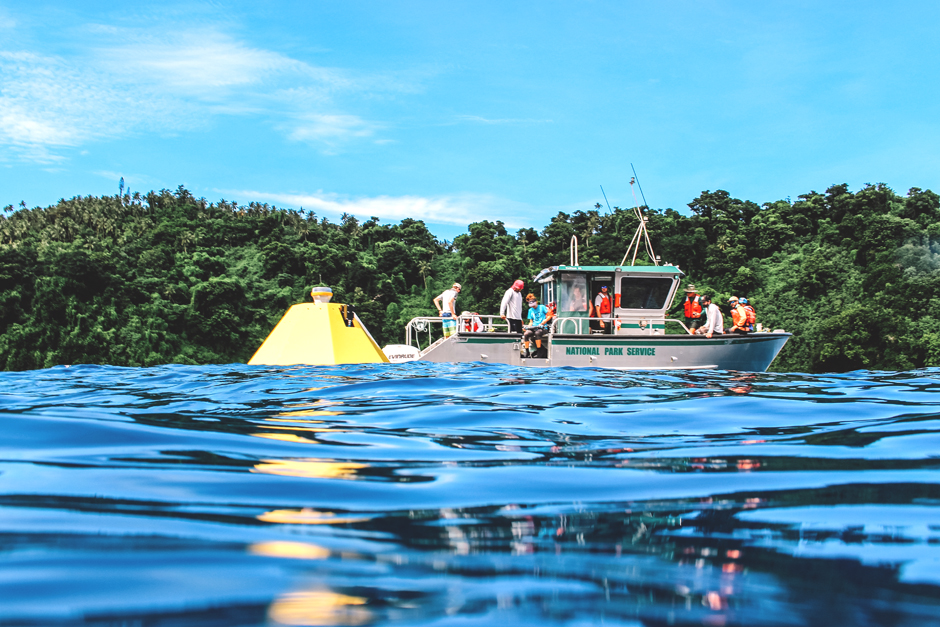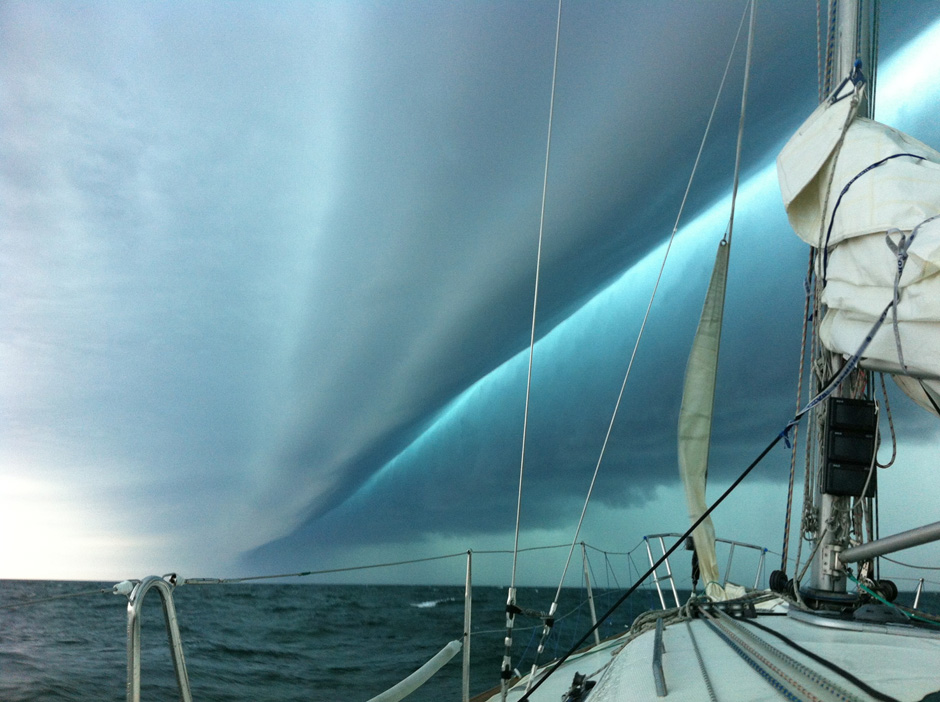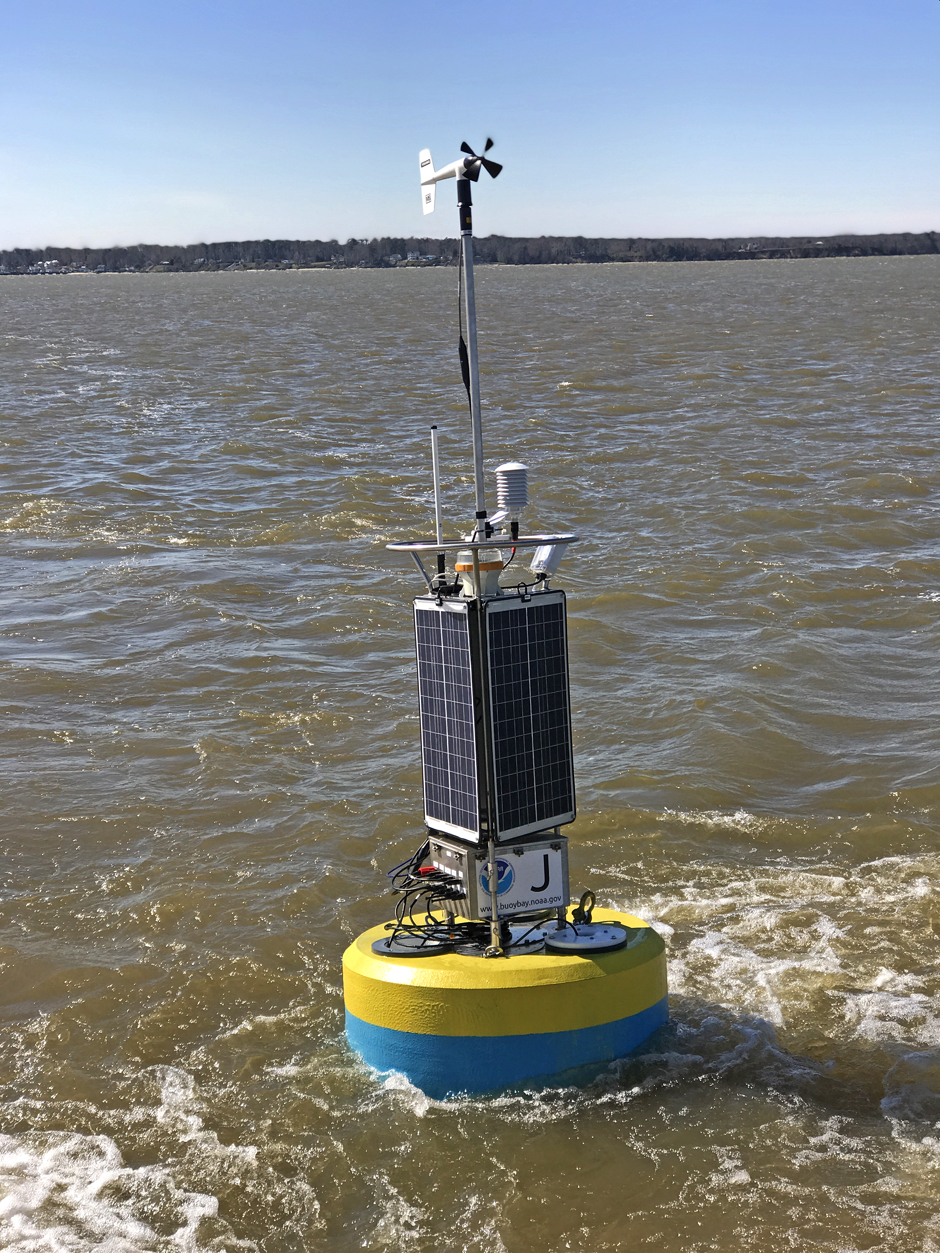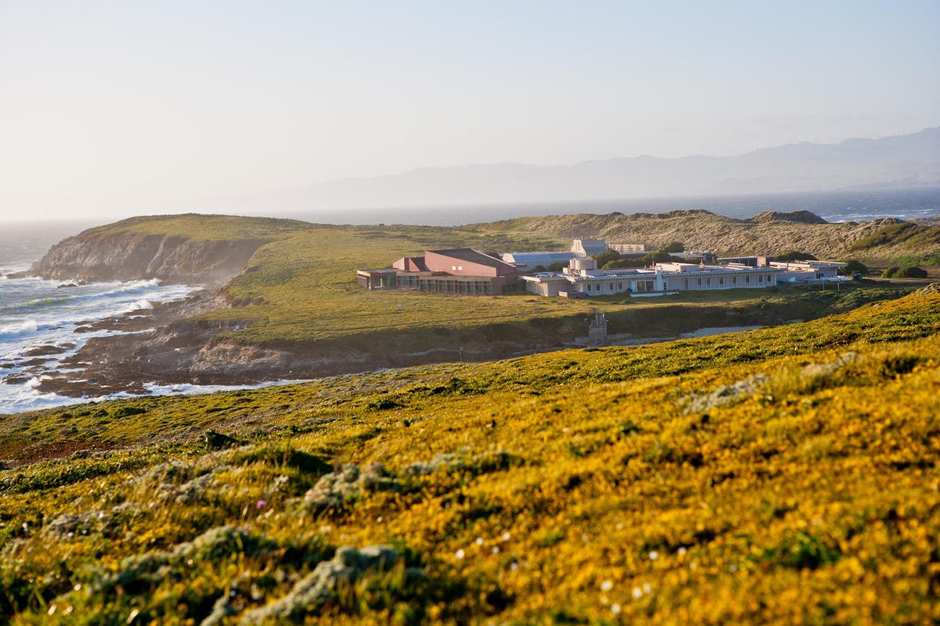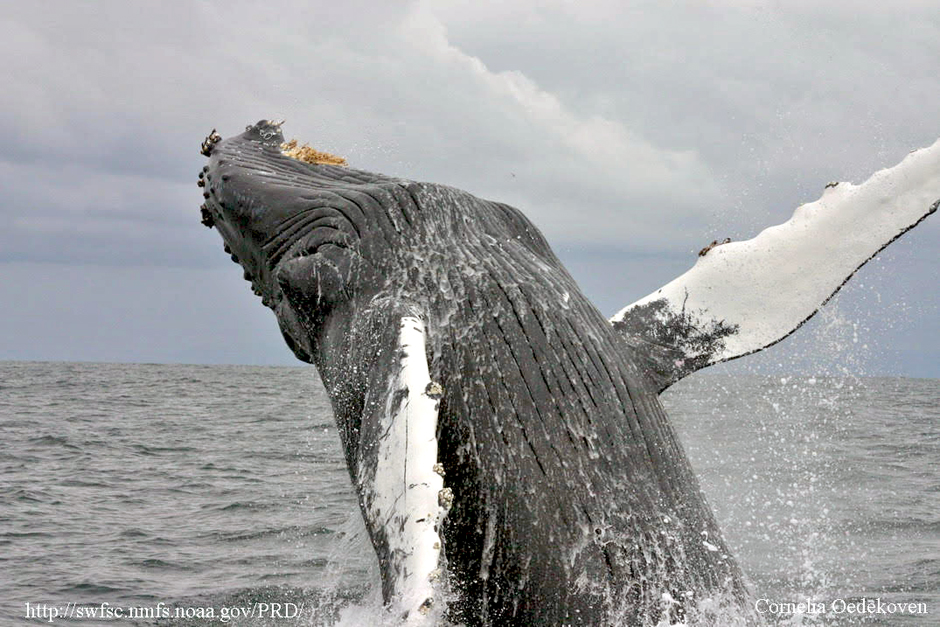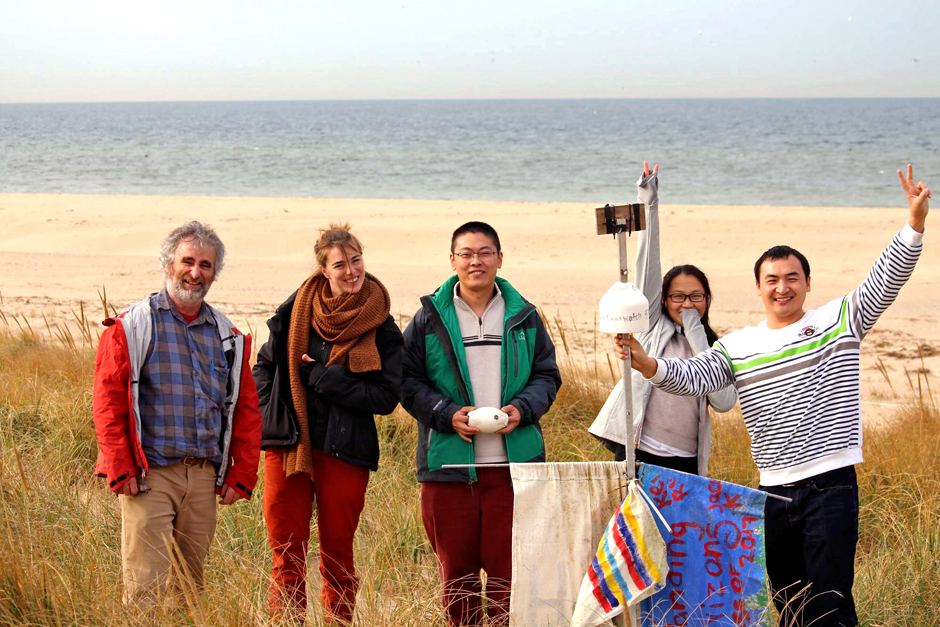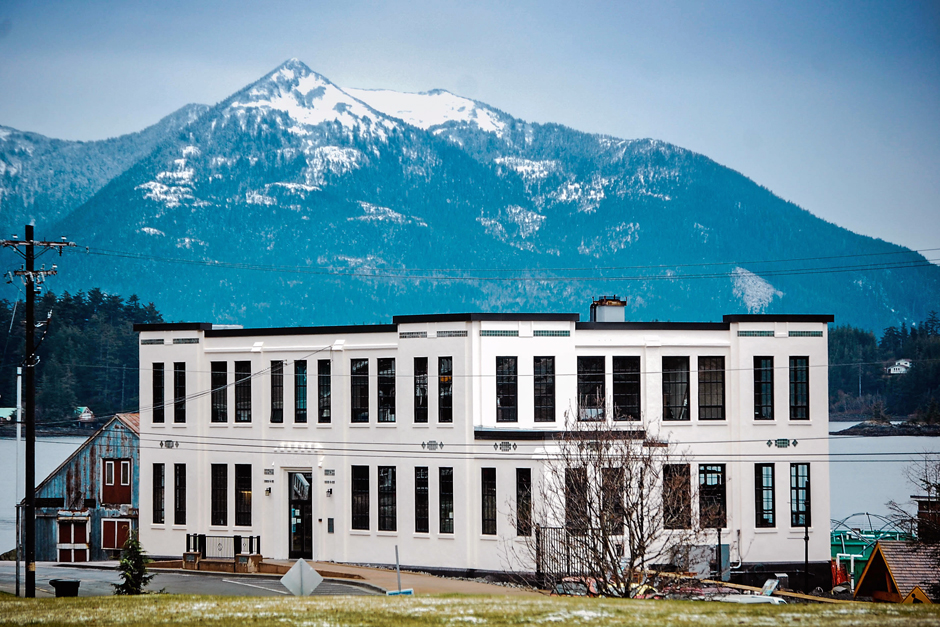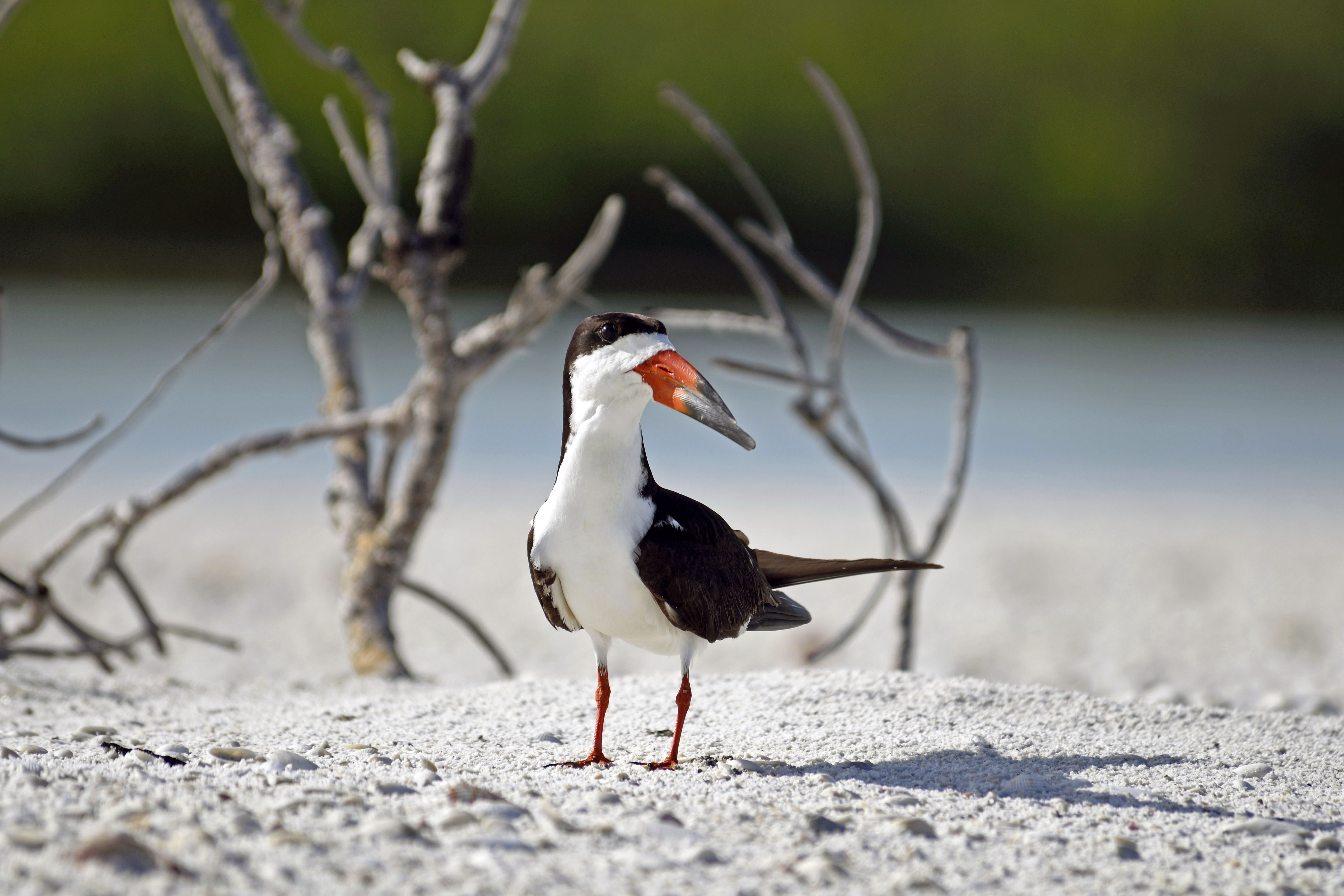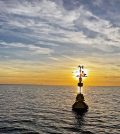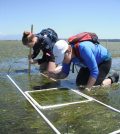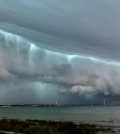Posts for tag "NOAA"
Great Lakes Research Center: Designing Targeted Monitoring Solutions
According to the National Oceanic and Atmospheric Administration (NOAA), the Great Lakes have more miles of coastline than the contiguous Atlantic and Pacific coasts combined and contain 20 percent of the world’s freshwater, making it a critical...
- Posted March 17, 2025
Monitoring Hurricanes and Predicting Flooding in the Age of Climate Change
Still recovering from Hurricane Helene, which caused extreme precipitation, flooding, landslides, and other environmental disasters associated with severe weather, the southeastern part of the U.S. is predicted to be hit by another storm, Hurricane Milton. With Hurricane...
- Posted October 9, 2024
Current Monitoring after the Francis Scott Key Bridge Collapse
On March 26th, according to The Baltimore Sun, a 984-foot, 112,000-ton Dali lost propulsion and collided with a support column of the Francis Scott Key Bridge, collapsing the structure. Soon after the event, search and rescue, salvage...
- Posted June 17, 2024
Treating Harmful Algal Blooms: A Natural Progression
Researchers continue to perfect approaches to forecasting, assessing the impact, and preventing Harmful Algal Blooms (HAB).
- Posted September 19, 2022
Health, Resilience and Stewardship in the Hudson River: Responding to Climate Emergencies
HRNERR is dedicated to improving the health of the Hudson River through education, training, restoration, monitoring, and research programs.
- Posted August 29, 2022
Marine Cold Spells: The Flip Side of Global Warming
While not receiving as much attention as warming trends, marine cold spells can strongly impact marine life too, in complex ways.
- Posted June 7, 2022
Harnessing the Gulf Stream for Renewable Energy
The Gulf Coast stream could be a source of renewable energy. Recent buoys deployments look in that direction.
- Posted March 18, 2021
Buoys in the time of Covid: Delays to important information
Although buoys collect and relay data largely on their own, they require a team to deploy. Covid slowed them down.
- Posted February 9, 2021
NOAA deploys both static and dynamic audio recorders in search for North Atlantic Right Whales
Ever heard of an “up-call?” If you’re one of the researchers at the Northeast Fisheries Science Center, it’s likely you have. Considered the primary vocalization of North Atlantic right whales, experts characterize the low-sounding thud as a...
- Posted June 17, 2020
New Monitoring Site for Ocean Acidification in American Samoa
A second ocean acidification monitoring site in Fagatele Bay, American Samoa, was deployed this year by NOAA.
- Posted September 17, 2019
Tide Gauge Data Reveal Multiple US Meteotsunamis Annually
NOAA researchers have used years of tide gauge data to reveal that meteotsunamis arrive on US shores with surprising frequency.
- Posted September 6, 2019
Deploying a New Weather Buoy System With NOAA
A NOAA team that maintains a buoy system in the Chesapeake Bay is phasing in new equipment and describes the process.
- Posted July 1, 2019
UC Davis Bodega Marine Lab: Performing A Myriad of Environmental Monitoring Programs
Bodega Marine Lab and Reserve environmental monitoring ranges from tracking water quality to keeping an eye on harbor seals.
- Posted June 25, 2019
Greater Farallones National Marine Sanctuary’s Timely Monitoring Helps Protect Whales From Injury and Death
California’s Greater Farallones National Marine Sanctuary monitors seabirds and marine mammals, including potentially hazardous interactions between whales and ships.
- Posted May 31, 2019
Learning With the Student Drifter Program
NOAA’s Student Drifter Program teaches kids about science and helps generate high-quality data about Earth’s oceans.
- Posted May 20, 2019
From Abalone to Zooplankton: Sitka Sound Science Center Works to Monitor Health of Alaska’s Marine Life
Monitoring marine species both great and small, Alaska’s Sitka Sound Science Center keeps track of the health of fish, kelp, copepods and more.
- Posted April 29, 2019
Untouched Mangrove Forests Make Rookery Bay NERR a Special Place for Researchers
Featuring acres of mangrove forests and gorgeous beaches, Rookery Bay NERR provides exceptional habitat for wildlife and a great place for research.
- Posted February 13, 2019
Texting Buoys Helping to Create a Data Democracy
The Great Lakes Observing System’s texting buoys are making all kinds of data available via text to anyone who wants it, democratizing data.
- Posted October 23, 2018
Enchanting Eelgrass: Nine Thousand Acre Eelgrass Meadow Gives Padilla Bay NERR Unique Charm
Picturesque Padilla Bay NERR participates in SWMP monitoring, specialized research in eelgrass environmental monitoring and research focusing on purple sea stars.
- Posted September 27, 2018
Great Lakes Meteotsunami Experts Hone in on Big Wave Forecasts
Meteotsunamis are big waves that have been historically mislabeled and poorly forecasted in the Great Lakes. Experts are learning more and predictive tools are in sight.
- Posted July 2, 2018


